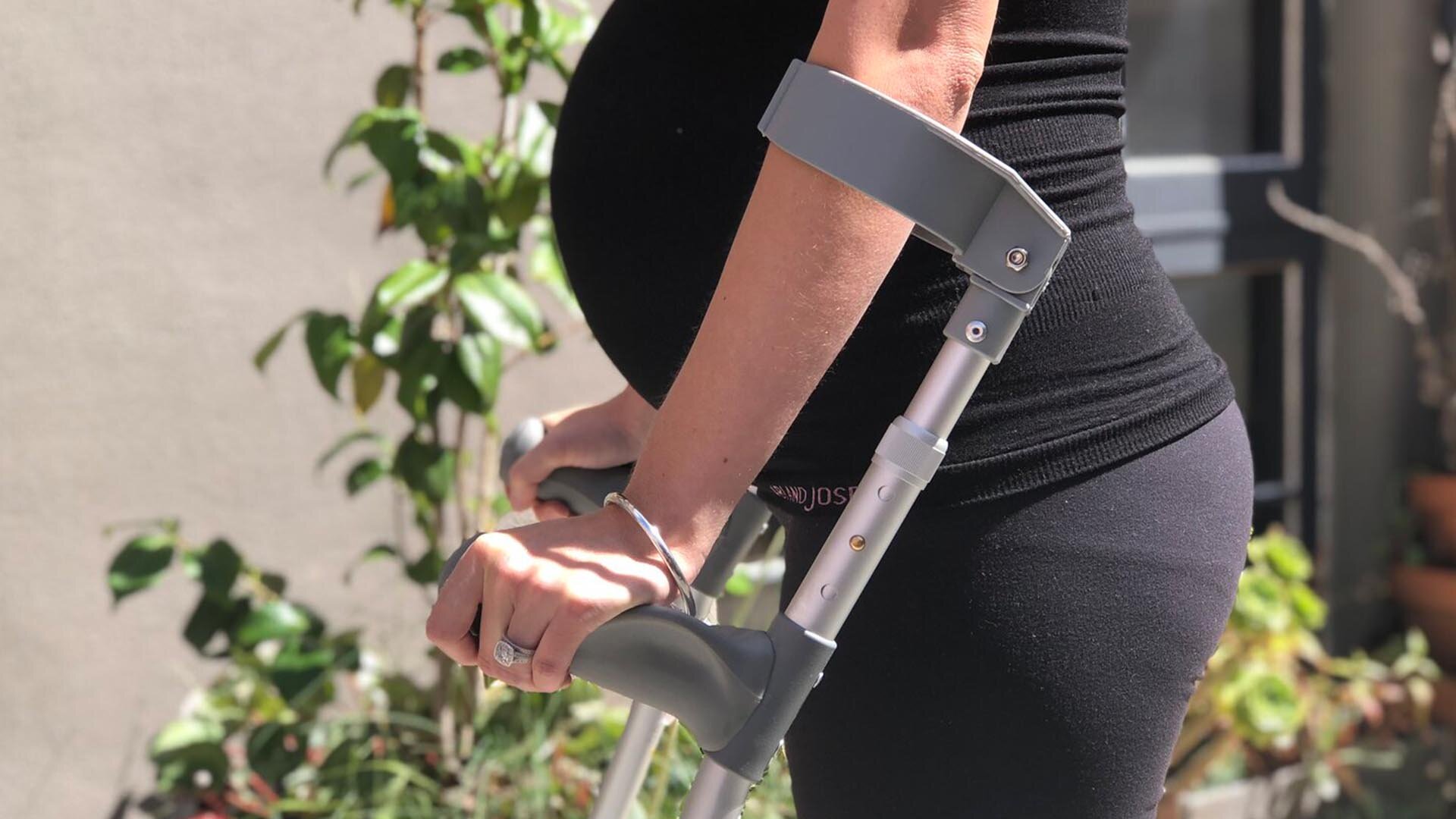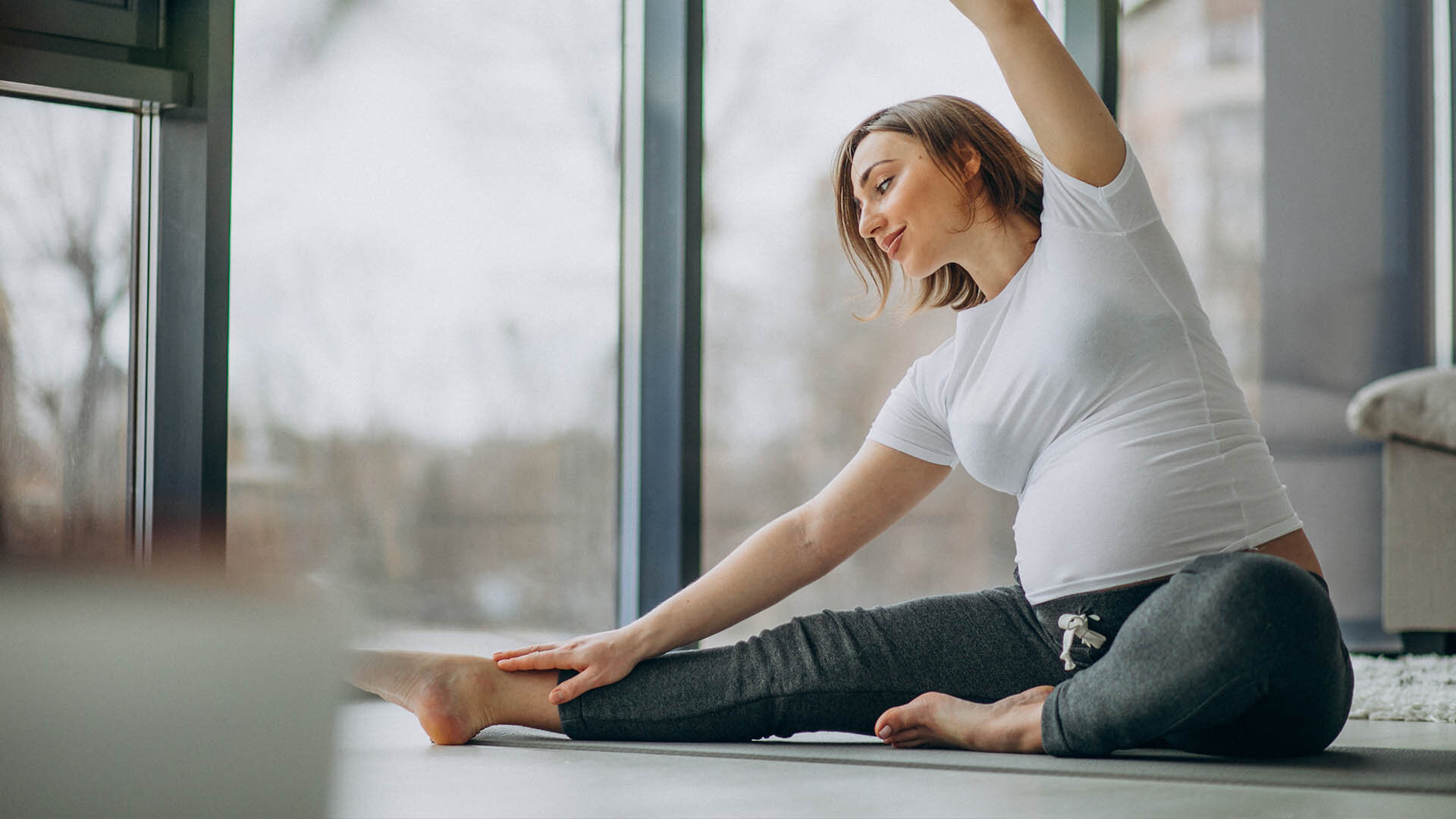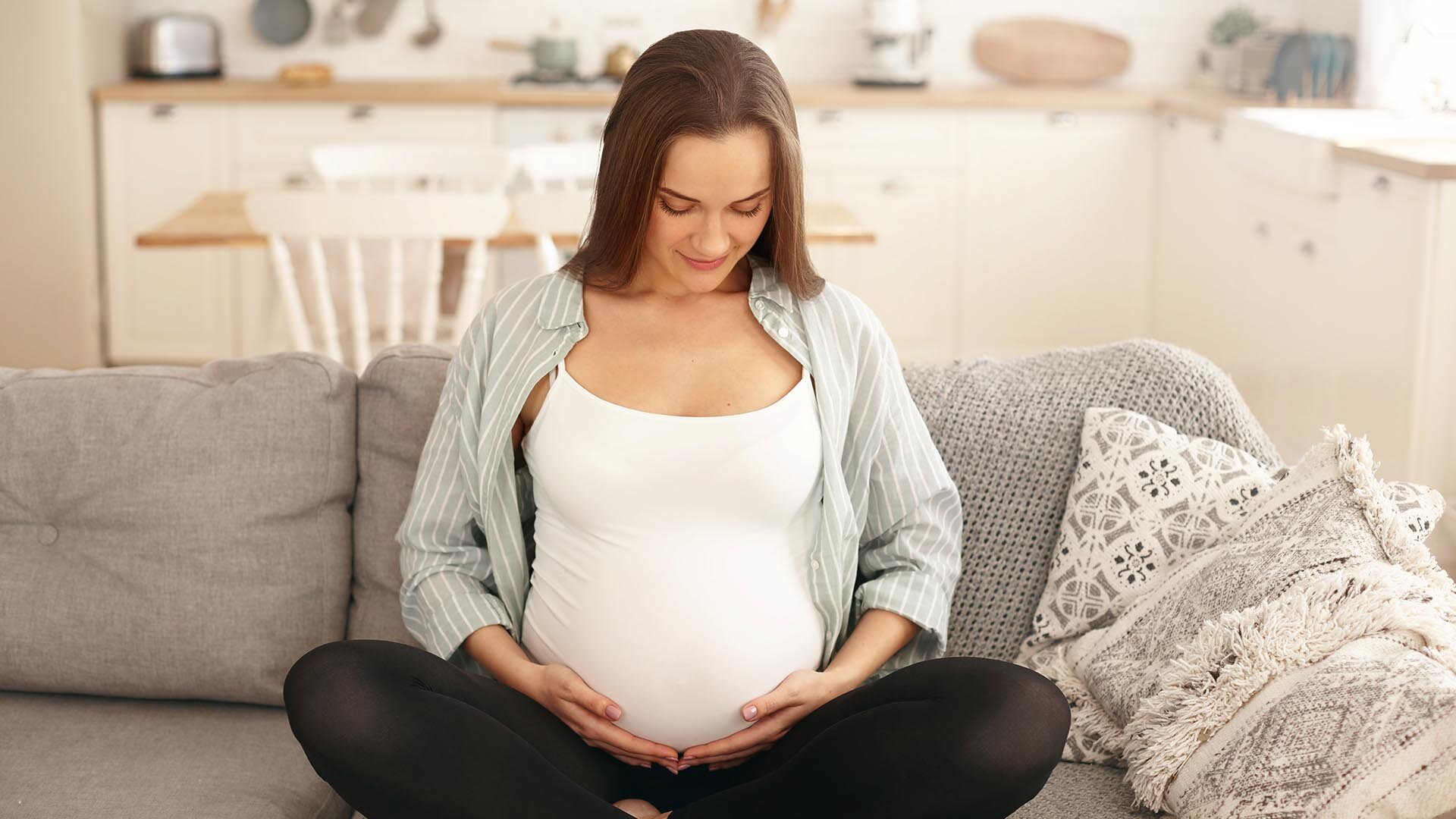Exercise & Pregnancy On Breakfast With Ryk Goddard
On Monday March 2, our Medical Director Dr Rhea Psereckis sat down with Ryk Goddard to have a chat about Exercise and Pregnancy on ABC Radio Hobart. Have a listen to her great segment here!
Pelvic Girdle Pain in Pregnancy
Pelvic girdle pain (PGP) in pregnancy is a common condition, affecting around a quarter of women during their pregnancy. PGP in pregnancy used to be known as symphysis pubis dysfunction (SPD) and has also been described by other terms including: sacroiliac joint (SIJ) dysfunction and pelvic instability.
Pregnancy & Your Bra
One huge change women can notice during the pregnancy and postnatal period is their bra size! Join Peta Titter RN and Dr Rhea Psereckis as they discuss the importance of a supportive bra when exercising during this time.
Pregnancy & Feet
It is very common for women’s arches to drop during pregnancy-some women report up to a 1 cm drop. Peta Titter RN and Dr Rhea Psereckis discuss how to take care of your feet during this time.
Guidelines & Pregnancy
Peta Titter RN and Dr Rhea Psereckis discuss on what level should you exercise while pregnant.
Pregnancy & Carpal Tunnel
Peta Titter RN and Dr Rhea Psereckis explain why it is important to look after your wrists while you are pregnant.
Pregnancy & Rib Pain
Join Peta Titter RN and Dr Rhea Psereckis as they discuss how to manage rib pain during pregnancy
Why Not To Stand On One Leg Whilst Pregnant
Join Peta Titter RN and Dr Rhea Psereckis as they why you shouldn/t stand on one leg whilst pregnant
Pregnancy & Pelvic Pain
Join Peta Titter RN and Dr Rhea Psereckis as they discuss pelvic pain during pregnancy
Exercise and the physical changes in pregnancy
Your body will undergo many changes during pregnancy. Some will affect your ability to exercise, or require you to modify your exercise routine.
Knowing Your Own Body While Pregnant
Join Peta Titter RN and Dr Rhea Psereckis as they chat about the changes that are happening in your body while you are pregnant.
The Benefits of Exercise during Pregnancy
Pregnancy and giving birth are both physically demanding on the body. Building or maintaining a reasonable level of fitness will help you manage the physical and emotional demands of pregnancy, birth and early parenting.
All pregnant women who are not experiencing complications should participate in aerobic and strength-conditioning exercises as part of a healthy lifestyle.
Exercise suggestions during pregnancy
Aim to do at least 30 minutes of moderate-intensity physical activity on most, if not all, days of the week. If you are new to exercise, start slowly and progress at your own pace. You can start with separate session of 10 minutes each, and build up to longer durations as your body and fitness allows.
Let your body be your guide. You know you’re at the right exercise intensity when you can talk normally and do not become exhausted too quickly. If you cannot talk while you are exercising you are probably going to hard. If you can sing, you will need to step it up a bit.
Exercise in Pregnancy: Frequently Asked Questions
Can I run during pregnancy?
Whilst running during pregnancy is not considered harmful to the developing baby, there is currently no research to indicate whether running is safe for the pregnant woman or not.
The point at which running no longer feels comfortable or safe will be different for everyone, but may happen much earlier than expected, so try to stay tuned in to the signals your body tells you.
Can You Heal From Diastasis Completely Without Surgery?
Answer: Most, but not all, women can have recovery of their diastasis without surgery!
Diastasis During Pregnancy
The amount of pressure placed on your abdominal muscles during this time leads to a thinning, or in some cases a separation of your stomach muscles resulting in a diastasis.
Exercise and Diastasis
Most women will experience a diastasis (separation of the tummy muscles) during pregnancy and afterwards too! Peta Titter RN and Dr Rhea Psereckis have some great info about exercising when you have a diastasis.
Running With A Stroller
Join Peta Titter RN and Dr Rhea Psereckis as they discuss when it is safe to begin running with a stroller.
When To Return To Exercise After Pregnancy
You’ve spent over nine months growing a human, there is no quick fix to getting your prenatal body back. Everyone’s body is different, Join Peta Titter RN and Dr Rhea Psereckis as they discuss safely returning to exercise after pregnancy.
Exercise and Your Postnatal Pelvis
The pelvic skeleton is actually made up of several bones. It is formed by the sacrum and the coccyx at the back and a pair of hip bones on the sides consisting of 3 sections each: the ilium, ischium and pubis. The hip bones and the sacrum at the back are joined together on each side by a fairly immobile joint known as the sacroiliac joint. At the front, your 2 hip bones join together at the pubic symphysis, which is made up of cartilage and ligaments.
During pregnancy these joints and ligaments (along with all the others in your body!) have more mobility due to associated hormonal changes. This is to enable the pelvis to be more flexible, so as to allow the baby to descend through the birth canal. After giving birth, your pelvis will take some time to regain its original strength and stability. Even if you have had a cesarean section your body will have experienced the same hormonal influences during pregnancy with the same changes to your pelvis, to accommodate the growing baby and uterus.




















